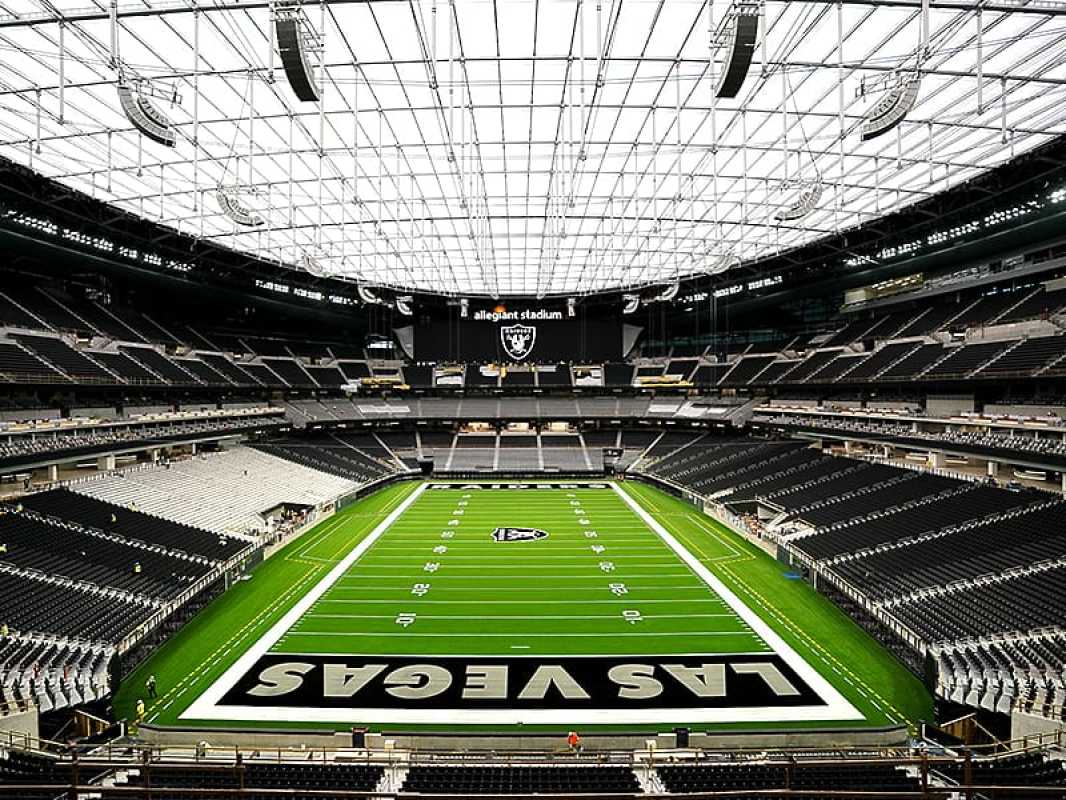Sports
New Horizons: Rugby League’s Ambitious American Endeavor in Las Vegas

The National Rugby League (NRL) is embarking on an ambitious journey to crack the American market by hosting games in Las Vegas, a move that sparks excitement and high hopes among fans and officials alike. The allure of seeing a familiar Steeden ball projected in iconic locations like Times Square and potential crowds of 40,000 at Allegiant Stadium, the venue of the recent Super Bowl, adds a thrilling dimension to the venture.
With the NFL‘s popularity in America, the NRL aims to capture the attention of American sports enthusiasts by showcasing a faster, more dynamic version of the game. The hope is that the physicality and speed of rugby league will resonate with American audiences, potentially creating a new wave of homegrown heroes and igniting a passion for the sport.
Capitalizing on the lucrative sports gambling industry in the US, the NRL’s decision to tap into the American market stems from the massive revenue potential associated with sports betting. The growing trend of sports wagering, with nearly $120 billion bet on sports in 2023, presents a significant opportunity for rugby league to establish a presence in the American sporting landscape.
Despite this newfound optimism, rugby league’s history in America has been dotted with sporadic attempts to gain a foothold in the market. From Harry Sunderland‘s proposal for an exhibition match in Chicago in 1933 to recent initiatives like the Denver Test in 2018, the sport has faced challenges in penetrating the American sporting scene.
While early indicators for the Las Vegas games are promising, with ticket sales on the rise and interest growing, the NRL acknowledges the uphill battle it faces in establishing rugby league as a mainstream sport in America. With just 3000 American subscribers to the WatchNRL app, it’s clear that building a dedicated fanbase will require sustained efforts and resources.
The marketing approach of emphasizing the “no pads” aspect of rugby league may need reevaluation, considering the cultural significance of American football and the growing awareness of contact sports like rugby union in the US. Finding a unique selling point that resonates with American audiences will be key to the NRL’s success in the American market.
As the NRL commits to a five-year plan in Las Vegas, questions remain about the long-term sustainability of the venture. The success of the initial games, the retention of fan interest, and the development of grassroots support will all play crucial roles in determining the future of rugby league in America.
While the prospect of rugby league flourishing in the US is enticing, the sport must navigate challenges and uncertainties to secure its position in the highly competitive American sports landscape. As the NRL takes a gamble on its American dream, the journey to establish rugby league in the US promises both opportunities and obstacles.












